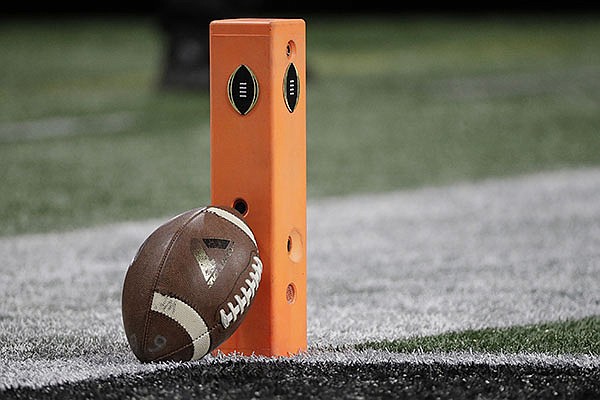The NCAA Division I Council approved two major changes to the way football programs recruit and decide conference champions on Wednesday.
The council, which has at least one representative of every Division I conference, voted to eliminate division requirements for conference title games. The rule would go into effect for the 2023 season.
Momentum has been building in the ACC to eliminate its Coastal and Atlantic divisions, although it stopped short of a formal vote at its spring meetings last week. The league has entertained a 3-5-5 format — three permanent partners and rotate playing five schools every two years.
By using the division format with a permanent cross-division partner, it takes 12 years for a school to play every opponent twice. Eliminating divisions would allow home-and-home games with every opponent within a four-year cycle.
The Pac-12 said its the nine-game conference schedule based on divisions in place for this season will be unchanged, but models for future seasons will be reviewed.
The Big Ten and Southeastern Conference are also considering future scheduling models and whether to stick with divisions. The Big 12 is pondering a return to a divisional setup as it prepares to welcome four new members in 2023, which could increase the number of teams in the conference to 14, at least temporarily.
The council also voted to eliminate initial counters. That is the amount of players a school can sign to a new recruiting class.
The number had been set at 25, before being increased to 32 last October. A school can now sign however many players it wants in a single class as long as overall it stays at the limit of 85 total scholarships for its roster.
There was a push to end the limit due to the amount of players entering the transfer portal. It was becoming more difficult to replace unexpected transfers when an incoming class had a finite number.
One potential pitfall is why the NCAA initially limited classes to 25 in the first place. Coaches could starting "hoarding," which is offering a scholarship just to keep a player from attending a rival school, a practice that used to be commonplace.
The council previously approved a proposal in April to permit football players "to engage in not more than two hours of non-contact, skill-related instruction per week during summer activities." A football is the only equipment that can be used — no helmets and no pads.
But it's an addition to the eight hours of weight training/conditioning and two hours of film review permitted.
The Associated Press contributed information to this story.

